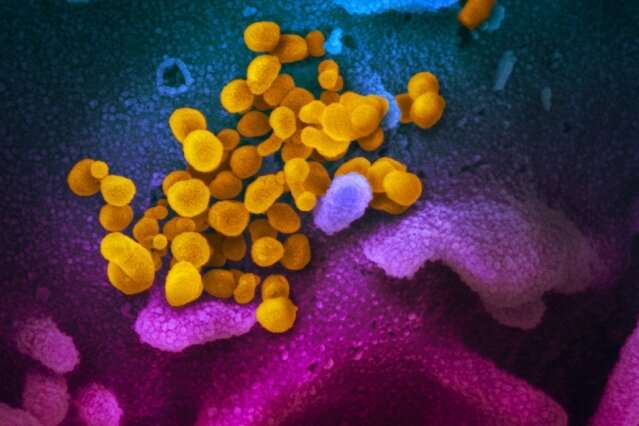A cheaper, faster COVID-19 test developed with simplified buffer formations

Researchers at Karolinska Institutet have developed a method for fast, cheap and accurate testing for COVID-19 infection. The method simplifies testing by eliminating expensive reaction steps, enabling upscaling of the diagnostics. This makes the method particularly attractive for places and situations with limited resources. It is equally interesting for repeated testing and for moving resources from expensive diagnostics to other parts of the care chain. The study is published in Nature Communications.
“We started working on the issue of developing a readily available testing method as soon as we saw the developments in Asia and southern Europe, and before the situation reached crisis point in Sweden,” says principal investigator Bjorn Reinius, research leader at the Department of Medical Biochemistry and Biophysics at Karolinska Institutet. “Our method was effectively finished already by the end of April, and we then made all the data freely available online.”
The spread of the new coronavirus at the end of 2019 in China’s Wuhan region quickly escalated into a global pandemic. The relatively high transmission rate and the large number of asymptomatic infections led to a huge, worldwide need for fast, affordable and effective diagnostic tests that could be performed in clinical as well as non-clinical settings.
Established diagnostic tests for COVID-19 are based on the detection of viral RNA in patient samples, such as nasal and throat swabs, from which RNA molecules must then be extracted and purified. RNA purification constitutes a major bottleneck for the testing process, requiring a great deal of equipment and logistics as well as expensive chemical compounds.
Making the current methods simpler without markedly compromising their accuracy means that more and faster testing can be carried out, which would help to reduce the rate of transmission and facilitate earlier-stage care.
The cross-departmental research group at Karolinska Institutet has now developed methods that completely circumvent the RNA-extraction procedure, so that once the patient sample has been inactivated by means of heating, rendering the virus particles no longer infectious, it can pass straight to the diagnostic reaction that detects the presence of the virus.
According to the researchers, the most important keys to the method’s success are both the above virus inactivation procedure and a new formulation of the solution used to collect and transport the sample material taken from the patients.
“By replacing the collection buffer with simple and inexpensive buffer formulations, we can enable viral detection with high sensitivity directly from the original clinical sample, without any intermediate steps,” says Dr. Reinius.
Institutions and research groups around the world have shown great interest in the method since a first version of the scientific article was published on the preprint server medRxiv. The article was examined more than 15,000 times even before it was peer-reviewed by other researchers in the field and officially published in Nature Communications.
Source: Read Full Article


